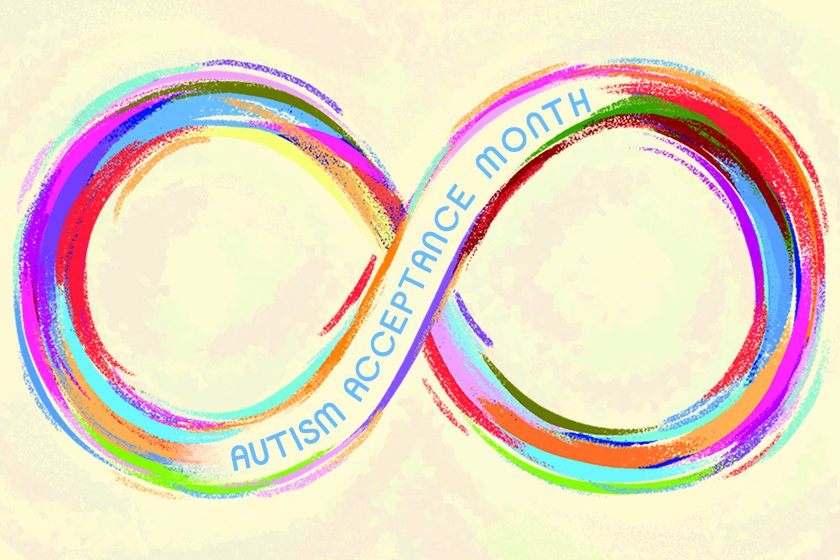As educators, our classrooms are microcosms of the diverse world we live in. Each student brings a unique set of talents, challenges, and perspectives. April is Autism Acceptance Month, a time to celebrate neurodiversity and create inclusive environments where every student feels valued and understood. Here are some ways teachers can honor Autism Acceptance Month in their classrooms.

Education and Awareness: Take the opportunity to educate your students about autism spectrum disorder (ASD). Explain what it means to be neurodivergent and emphasize the importance of understanding and acceptance. Share stories of autistic individuals who have made significant contributions to society.
Promote Acceptance, Not Just Awareness: Moving beyond awareness, strive for acceptance. Encourage empathy and kindness among students. Foster an environment where differences are celebrated rather than stigmatized.
Inclusive Language and Practices: Be mindful of the language you use and the materials you provide. Use person-first language (“a person with autism”) rather than identity-first language (“autistic person”), as preferences may vary among individuals. Incorporate diverse perspectives and experiences into your curriculum.
4. Create Sensory-Friendly Spaces: Sensory sensitivities are common among individuals with autism. Create a classroom environment that accommodates diverse sensory needs. Offer sensory tools such as fidget toys, noise-canceling headphones, or flexible seating options.
5. Celebrate Strengths and Accomplishments: Focus on the strengths and talents of your neurodivergent students. Highlight their achievements and contributions to the classroom community. Encourage peer support and recognition.
6. Embrace Flexibility: Recognize that every student learns differently. Be flexible in your teaching approach and accommodate individual learning styles. Provide alternative methods of communication and assessment when necessary.
7. Collaborate with Families and Support Services: Maintain open communication with parents and caregivers. Seek their input and collaborate on strategies to support their child’s learning and well-being. Utilize resources and support services available within your school or community.
8. Lead by Example: Model acceptance and inclusivity in your words and actions. Foster a culture of respect and understanding among students and staff alike.
9. Continue Learning and Growing: Keep educating yourself about autism and other forms of neurodiversity. Attend workshops, read literature, and engage in conversations with experts and advocates. Stay committed to creating an inclusive learning environment for all students.
10. Spread Awareness Beyond April: While Autism Acceptance Month is a designated time to focus on autism awareness and acceptance, strive to incorporate these principles into your classroom culture year-round. Advocate for inclusivity and celebrate neurodiversity every day.

Leave a Reply